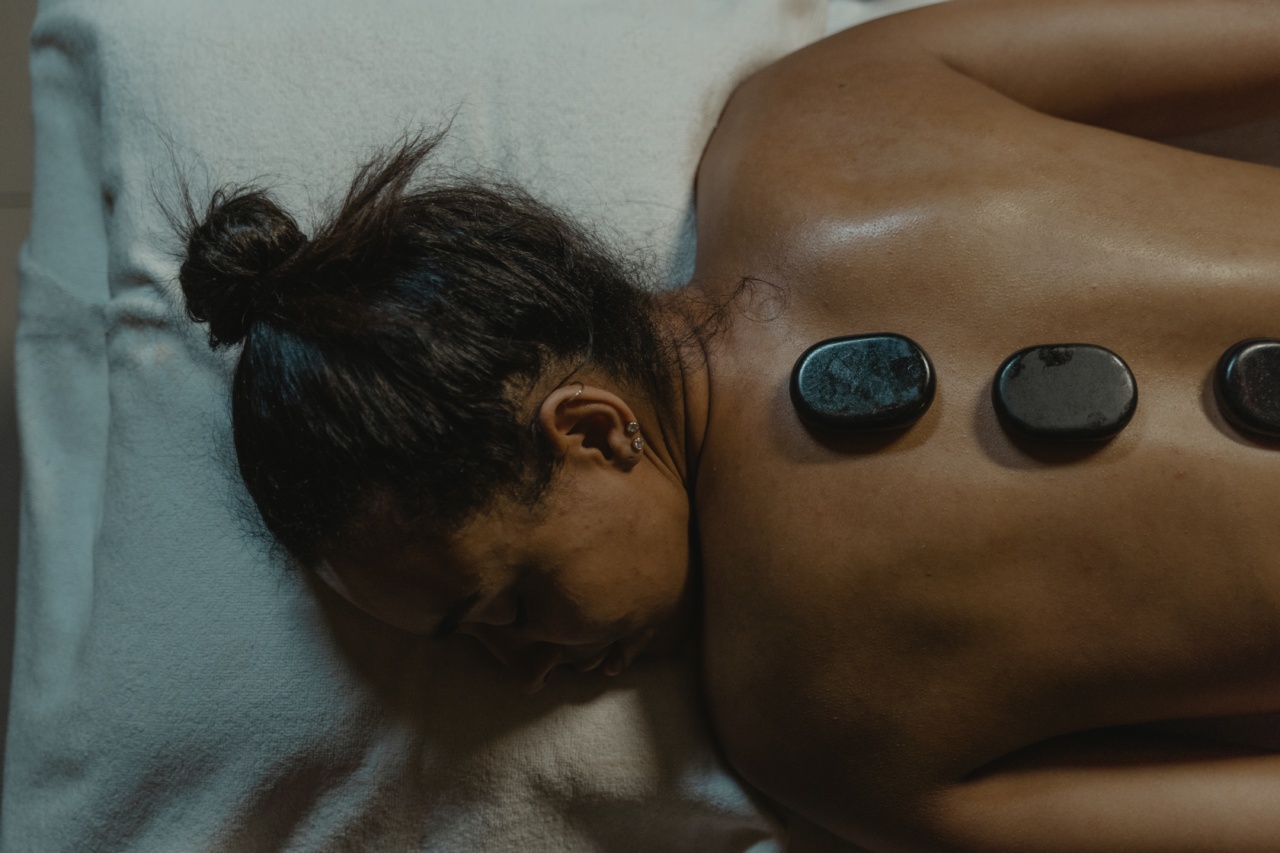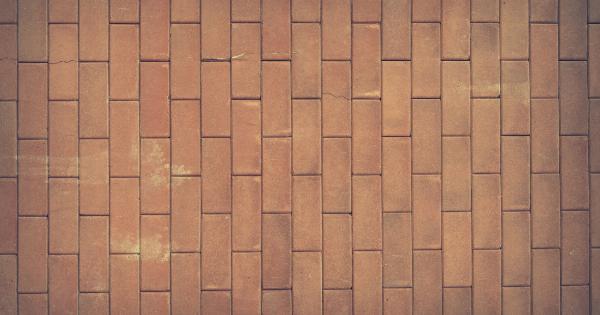Kidney stones are a common and painful condition that affects millions of people worldwide. These hard deposits of minerals and salts can form anywhere in the urinary tract and cause severe pain, nausea, and vomiting.
In the past, treatments for kidney stones were limited to pain relief and waiting for them to pass naturally. However, recent advances in medical technology have led to the development of breakthrough treatments that can dissolve or remove kidney stones quickly and with minimal discomfort.
What Causes Kidney Stones?
Kidney stones form when the concentration of certain minerals and salts in the urine becomes too high, causing them to clump together and form crystals. There are several factors that can increase your risk of developing kidney stones, including:.
- Dehydration – not drinking enough water can cause your urine to become concentrated and increase the risk of crystal formation
- A diet high in sodium, sugar, and animal protein – these can increase the levels of minerals and salts in your urine
- Obesity – being overweight can increase your risk of developing kidney stones
- A family history of kidney stones
Symptoms of Kidney Stones
The symptoms of kidney stones can vary depending on their size and location. However, some of the most common symptoms include:.
- Intense pain in the back, side, or lower abdomen
- Nausea and vomiting
- Blood in the urine
- Frequent urination
- A burning sensation when urinating
Traditional Treatments for Kidney Stones
Traditionally, the treatment for kidney stones has involved pain relief and waiting for them to pass naturally. This can be a long and painful process, and there is no guarantee that the stone will pass without further complications.
In some cases, surgery may be required to remove the stone.
Breakthrough Treatments for Kidney Stones
Fortunately, there have been several breakthrough treatments for kidney stones developed in recent years. These treatments are minimally invasive and can dissolve or remove kidney stones quickly and with minimal discomfort.
Lithotripsy
Lithotripsy is a non-invasive procedure that uses shock waves to break up kidney stones into smaller pieces that can be passed naturally. The procedure typically takes between 30-60 minutes, and patients can typically return home the same day.
The side effects are minimal and may include bruising and soreness in the treated area.
Ureteroscopy
Ureteroscopy involves using a small tube with a camera attached to examine the inside of the urinary tract. The surgeon can then remove small kidney stones using a basket-like tool or break them up using a laser.
This procedure is minimally invasive and can typically be performed on an outpatient basis.
Percutaneous Nephrolithotomy
Percutaneous nephrolithotomy involves making a small incision in the back to access the kidney directly. The surgeon can then remove the kidney stone or break it up using a laser.
This procedure is slightly more invasive than lithotripsy or ureteroscopy and is typically performed under general anesthesia.
Preventing Kidney Stones
While breakthrough treatments for kidney stones have made it easier to manage the condition, prevention is still the best approach. Here are some tips for preventing kidney stones:.
- Drink plenty of water throughout the day to keep your urine diluted
- Eat a healthy diet that is low in sodium, sugar, and animal protein
- Exercise regularly to maintain a healthy weight
- Avoid consuming too much caffeine or alcohol
Conclusion
Kidney stones are a painful and often debilitating condition that affects millions of people worldwide.
While traditional treatments have been limited to pain relief and waiting for the stones to pass, breakthrough treatments like lithotripsy, ureteroscopy, and percutaneous nephrolithotomy have made it easier to manage the condition. By taking steps to prevent kidney stones from forming in the first place, you can reduce your risk of developing this painful condition.






























